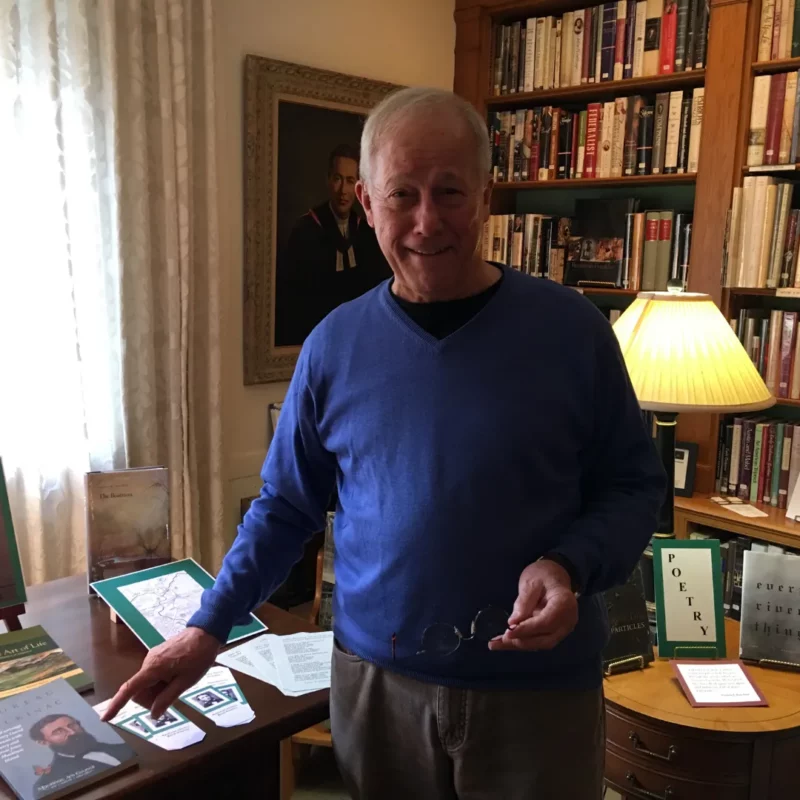If the history of Western literature were compressed into a single day, Homer would declaim the opening lines of The Iliad on the stroke of midnight; Dante would climb out of Hell at 6 pm; Chaucer would ride for Canterbury at 7; Shakespeare and Milton would follow them across life’s stage two hours after that.
These and all the poets of their times wrote with formal structure of one kind or another. Homer’s hexameters, Dante’s terza rima, Chaucer’s couplets, Shakespeare’s blank verse and Milton’s. Hard to believe nowadays, but for the first 23 hours of its day on earth there was in poetry no such thing as free verse.
Vers libre crossed the channel from France and appeared in English poetry as free verse in the years leading up to the first World War. As a property of ice is that it floats on water, a property of poetry before the arrival of Modernism was that it was written with the recognizable recurrences of formal structure. But the visitor from Mars, reading contemporary poetry, could not know this. With so much of today’s poetry written in free verse, a discussion of form is likely to sound anachronistic, even defensive. (Where have you been for the past century?)
Two small dogs, our Shih Tzu and our Yorkie, sit and watch me go back and forth on the rowing machine. (This daily journey on the rowing machine, I call it Hauling the Fat to Paradise.) It confirms a principle of Nature for Indy and Fritz: Whatever happens, happens again. It is the same for structure in poetry. Whatever happens, happens again in the poem’s repetitions: rhyme, meter, alliteration, assonance. The agency of life is to give form to matter; the agency of matter, to make form visible; the agency of form, to be perceived by life. That, I think, is the cycle of life and art. In my next essay I’ll talk about what form can do for a poem. But a short answer to “Why should there be any structural form in a poem?”: Because the human ear craves repetition, because man is a counting creature.

